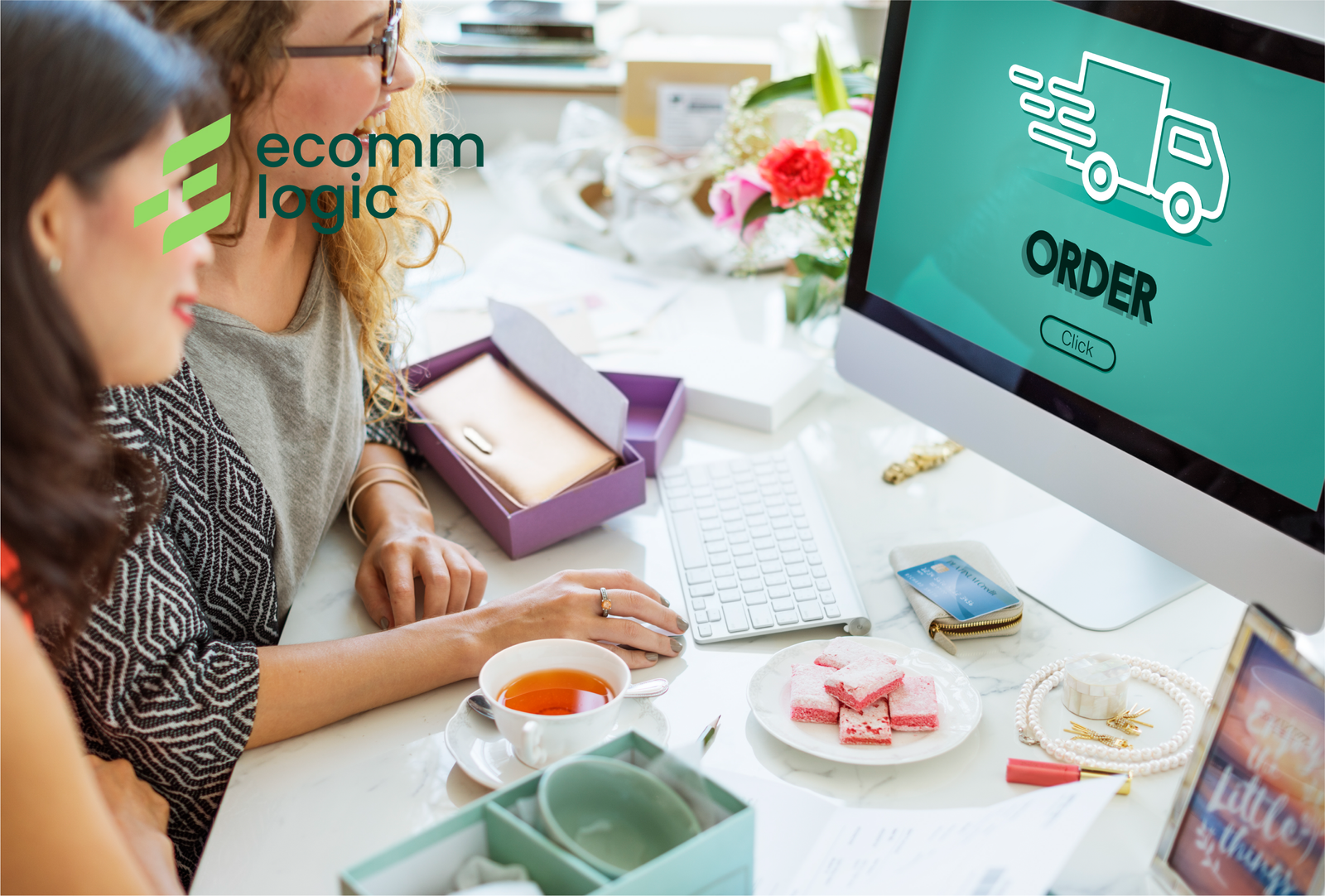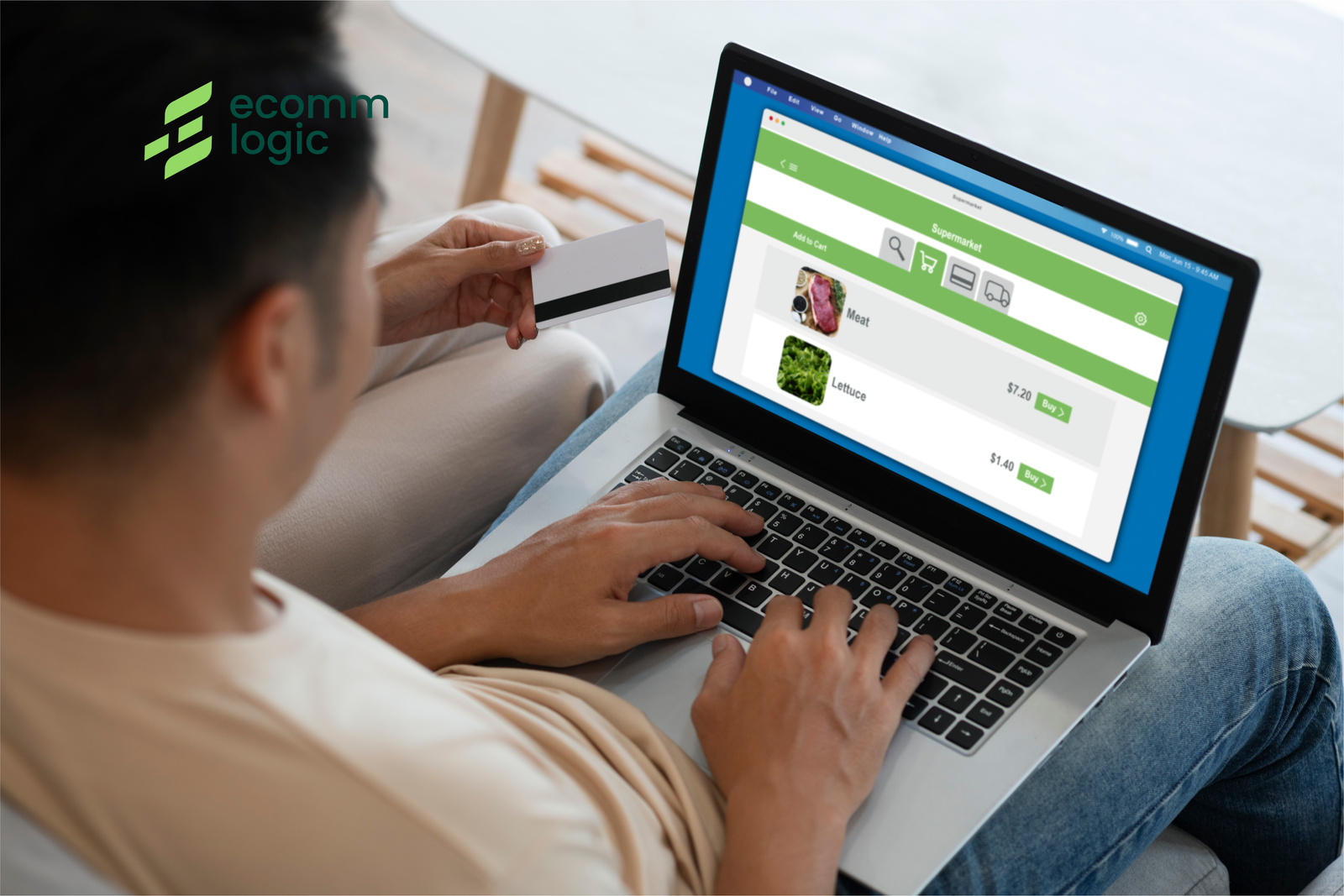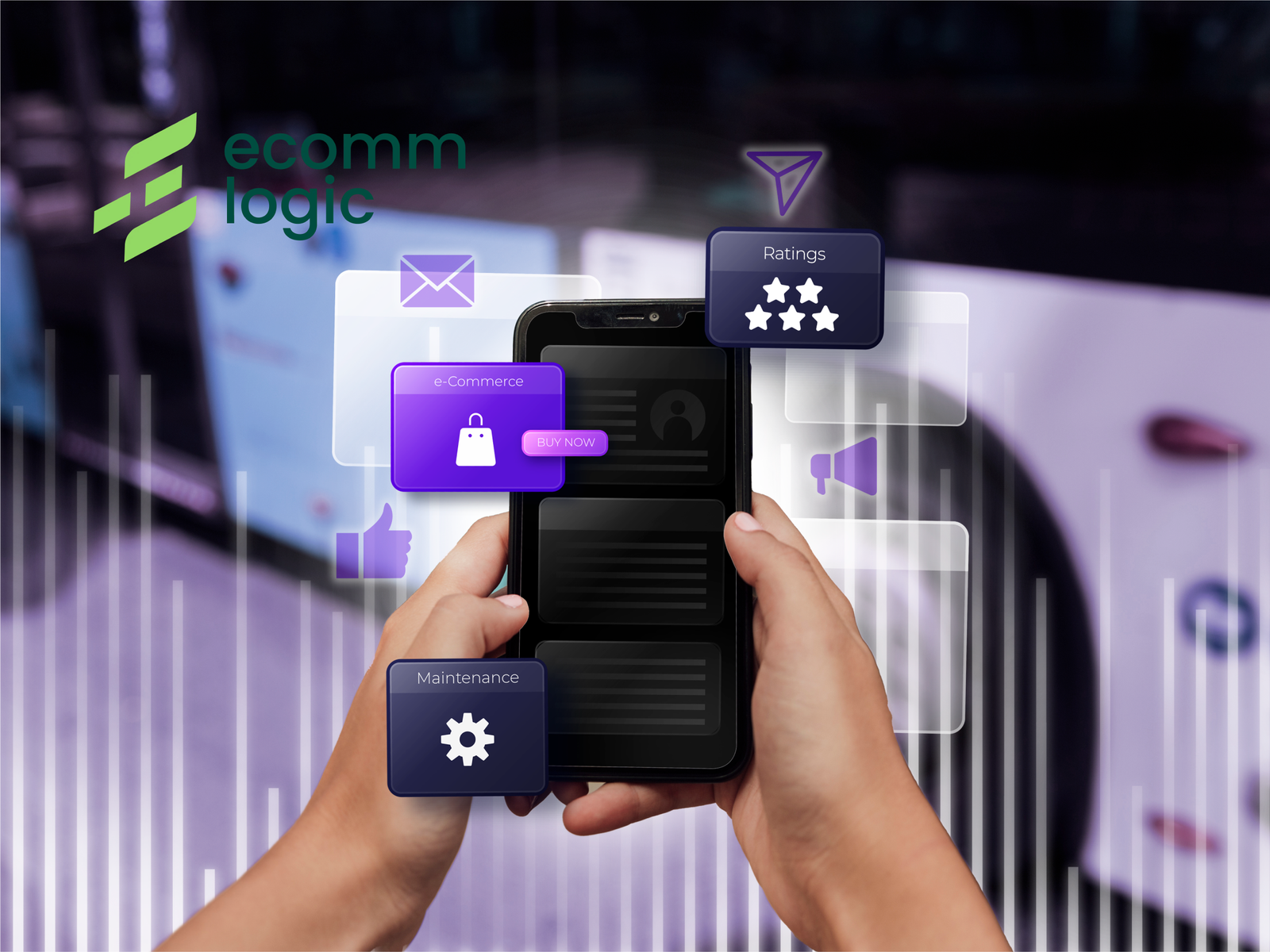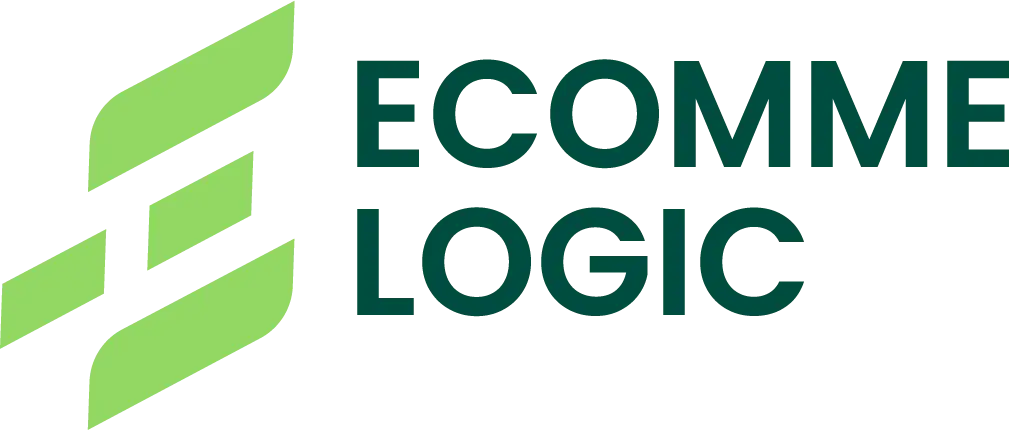Growing your Shopify store from just a few sales into a thriving business with thousands of monthly orders isn’t an overnight success—it’s a strategic journey that requires the right mix of planning, tools, and consistent execution. Whether you’re a beginner or already making a few sales, understanding the steps to scale effectively can make the difference between a stagnant store and a profitable e-commerce brand.
At EcommeLogic, we’ve helped brands of all sizes optimize their Shopify stores to reach their full potential. In this blog, we’ll walk you through the key stages of scaling your Shopify business—from early foundations to advanced growth strategies.


1. Build a Strong Foundation
Before you focus on scaling, make sure your store is technically and visually prepared for growth. This means having a fully responsive, mobile-optimized design, fast-loading pages, and clear, high-quality product images. Your store should also offer a frictionless checkout process with multiple payment options, as abandoned carts often stem from small barriers in the buyer journey.
A fast, functional, and user-friendly store builds customer trust and encourages repeat purchases—two essential ingredients for scaling. Think of this as your base. Without it, even the best marketing efforts won’t lead to sustained growth.
2. Understand Your Market and Your Products
Scaling isn’t just about selling more; it’s about selling smart. This starts with understanding who your customers are, what problems they’re trying to solve, and how your products meet their needs. Take time to analyze your product-market fit. Are your bestsellers optimized with detailed descriptions and customer reviews? Do your prices represent both profitability and value?
You don’t need dozens of products to scale. In fact, many successful stores thrive by focusing on just a few winning items. Use Shopify Analytics, Google Trends, or customer feedback to determine what’s working and double down on those products.
3. Leverage Paid Advertising for Targeted Growth
Once your store is ready and your products are refined, paid advertising can be your most powerful tool for scaling. Facebook and Instagram ads are excellent for creating awareness and visually showcasing your products to a broad but targeted audience. Meanwhile, Google Shopping ads are great for capturing buyers with high purchase intent.
The key to success in paid ads is testing. A/B test your headlines, images, and targeting. Track your return on ad spend (ROAS) closely, and don’t be afraid to pause or tweak underperforming campaigns. With the right approach, even a small budget can lead to significant growth.


4. Recover Abandoned Carts and Improve Conversion Rates
More than 70% of online shopping carts are abandoned, in case you were unaware. That’s a massive opportunity if you know how to recover those potential sales. Start by setting up automated email sequences that remind customers to complete their purchase. Add urgency by including limited-time discounts or highlighting low inventory.
Retargeting ads are another effective tool. These ads follow visitors who left your store without buying and bring them back with tailored messaging. Combined with conversion-focused product pages and customer reviews, these strategies can dramatically improve your sales without needing more traffic.
5. Harness the Power of Social Proof and Influencer Content
Customer trust becomes even more important as your store expands. One of the most powerful ways to build that trust is through social proof—real reviews, testimonials, and user-generated content (UGC). Encourage satisfied clients to tag your brand in images or videos they upload of your products. Repost this content on your website and social platforms to show new visitors that your products are tried, tested, and loved.
Additionally, collaborating with micro-influencers in your niche can introduce your brand to new, loyal audiences without the high costs of major influencer campaigns. Their audiences are usually more engaged, and their recommendations feel more authentic.
6. Automate and Delegate to Stay Efficient
Scaling from 10 to 10,000 orders means your workload will grow—fast. To stay efficient, automation is essential. Use apps for email marketing, inventory updates, review requests, and customer follow-ups. Shopify apps like Klaviyo, Loox, and ReConvert can help you automate these tasks while improving customer experience.
As your sales increase, you might also need to outsource fulfillment, hire virtual assistants, or partner with agencies to handle marketing, design, or development. Delegating smartly helps you stay focused on growth without burning out.
7. Track What Matters Most
Data is your best friend when scaling. Keep an eye on core metrics like conversion rate, customer acquisition cost (CAC), average order value (AOV), and customer lifetime value (CLTV). These numbers will help you understand where your profits are coming from—and where you’re losing money.
Use Shopify’s built-in analytics, Google Analytics, and tools like Hotjar to monitor user behavior. This data will guide your next steps, whether it’s refining your product pages, adjusting your ad strategy, or launching a new offer.


Conclusion: Scaling Takes Strategy, Not Just Sales
Scaling your Shopify store to 10,000+ orders is not just about spending more on ads or adding more products. It’s about creating a seamless customer experience, building trust, and making smart, data-driven decisions.
At EcommeLogic, we help brands with Shopify setup, store optimization, advertising, content creation, and automation—everything you need to scale efficiently and profitably.
Ready to grow your store the right way? Let’s discuss how to advance your Shopify brand.

